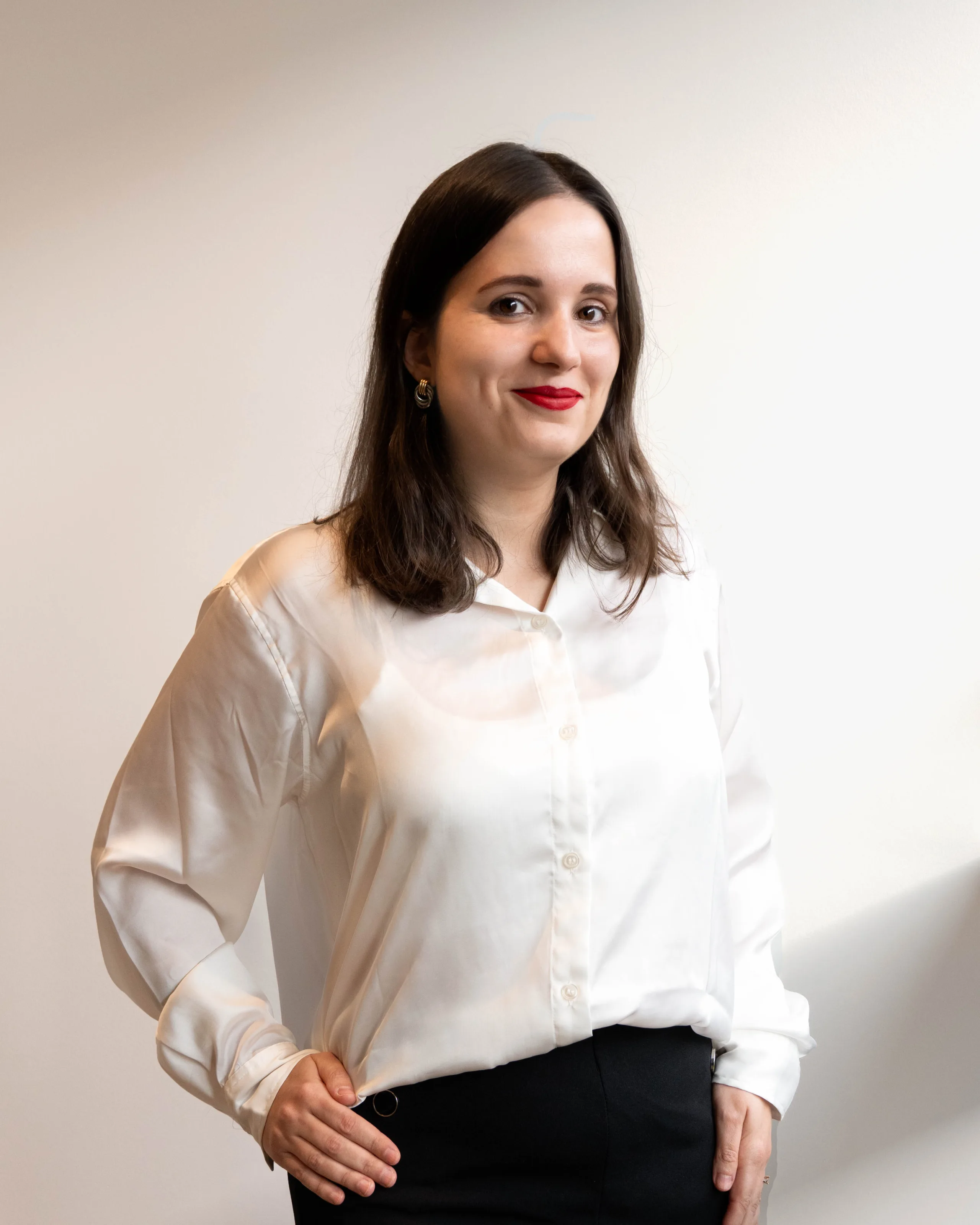Employee engagement is one of the main keys to organizational success. It has a direct impact on workforce productivity, business performance and retention rates. Having satisfied employees is an essential strategic asset, and it is therefore crucial to know the ins and outs of employee engagement.
To establish effective employee engagement strategies, you have to know how to clearly measure satisfaction and productivity rates. In this article, we explore all the ways you can measure employee engagement levels.
Definition and Benefits of Employee Engagement
Employee engagement consists in motivation to work and productivity. It is characterized by a desire to take on challenges and progress daily, but also by efficiency at work and a good team dynamic.
Employee happiness also includes job satisfaction and employee wellbeing. Your teams’ level of satisfaction will often depend on the work climate, managerial and organizational flexibility, professional development, the recognition they receive, the benefits they get, company core values and meaningful relationships with coworkers or managers… All of these elements contribute to employee wellbeing and increase their sense of belonging.
These two aspects of engagement more than often depend on one another. Engaged employees will work better and stay with you longer, improving both your productivity and your retention rate. Therefore, having engaged employees is essential to achieve success, and you need to make sure you maintain employee morale and motivation daily.
Before building a strategy to optimize levels of employee engagement, you need to know how to clearly measure this key indicator.
Analytical Measuring of Employee Engagement
Performance Management
If you want to implement a strategic measure of employee engagement, it is first necessary to evaluate workers’ performance regularly. Performance reviews must be reevaluated and modernized to effectively support both your engagement strategies and your employees’ professional development.
By evaluating individual employee productivity, you will also be able to assess their motivation and target your engagement plans by employee, team or department.

Employee Engagement KPIs
Specific indicators can be used to measure levels of engagement and quickly pinpoint your gaps and HR reporting and analytics software can simplify this process. These KPIs (Key Performance Indicators) allow you to identify demotivated employees and which factors to work on to solve these issues.
Examples of key engagement indicators are as follows:
- Turnover rate: The turnover rate is the number of employees who have left the company over a period of time. If your employee turnover is high, it’s time to think about establishing engagement strategies to avoid the cost of new hires and the loss of talent in your organization.
- Absenteeism rate: If some employees have a high absenteeism rate, it is most likely due to a loss of motivation or unhappiness at work. Absence indicators support your analysis by employee and by department, and help you easily visualize the reasons for absences to establish a targeted and effective business plan.
- Retention rate: The retention rate corresponds to the number of employees who remain at their position over a given period. In times of labor shortages, it is essential to keep experienced employees. By working to improve your retention rate, you will ensure your company’s success and high employee engagement!
Survey Your Employees
Employee surveys provide clear statistics on engagement, by department and by team, to help you target your engagement strategies. Plus, they’re great for keeping remote employees motivated!

Pulse Surveys
Pulse surveys have a short format and are sent frequently to employees throughout the year to measure their day-to-day engagement. It’s up to you to choose the frequency: quarterly, monthly or even weekly!
These surveys provide employee feedback and allow employees to suggest new ideas for improvement that they would like to see implemented.
All in all, pulse surveys are your best allies in measuring your workforce’s engagement levels in real time.
Annual Engagement Surveys
Annual engagement surveys – also called organizational diagnosis – are more comprehensive than ongoing surveys, and they provide a year-long retrospective of employee satisfaction. The answers you get help you set up your engagement strategies for the coming year by considering team and employee feedback. In addition, by cross-referencing the information obtained from annual engagement surveys with the data from frequent surveys, you can clearly determine if your action plans were effective throughout the year!
Engagement surveys are therefore strong drivers of employee engagement and encourage the continuous improvement of management practices. They represent an effective means of measuring employee engagement while ensuring that strong mobilization is maintained.
Pssst… Here is a free employee engagement survey you can use whenever you need!
Continuously measuring employee engagement is a key strategic asset in these times of labor shortages and evolving employee and candidate expectations.
With effective and modern performance management software, the use of the right metrics and the implementation of engagement surveys, you will be ready to build the best action plan to ensure that you work with happy employees, while increasing your retention rates.
Benefit from HR KPIs and dashboards to measure employee engagement levels:
Folks HR is a flexible and powerful HR reporting software for SMBs!

